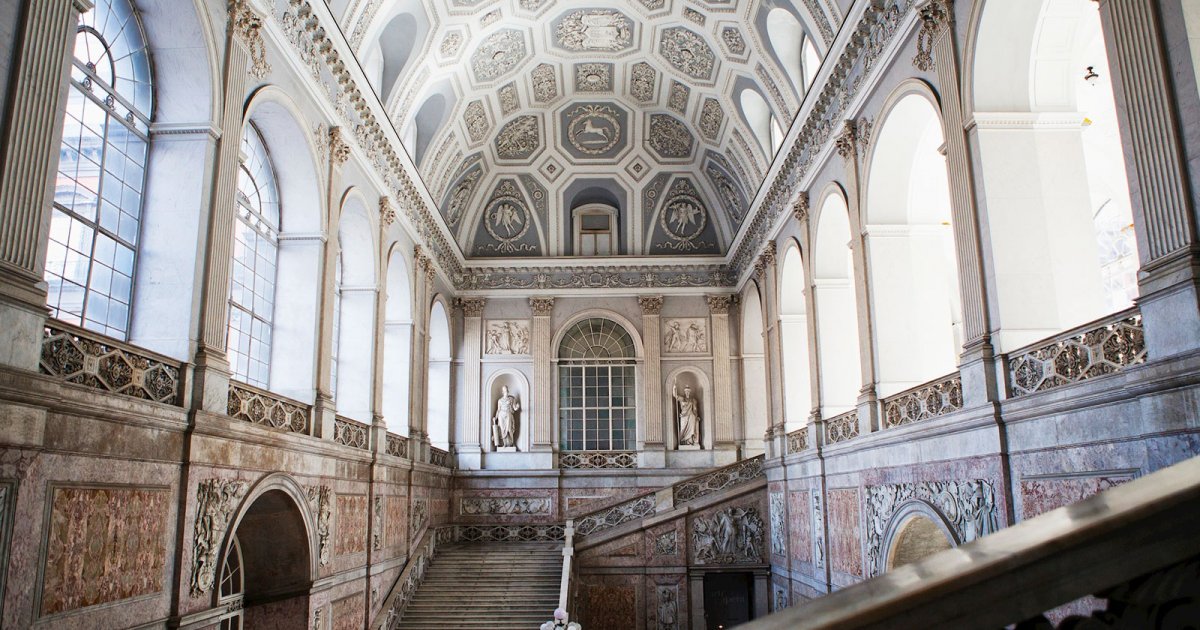Neoclassical style
 Language: English / USA
Language: English / USA
The Neoclassical style, emerging in the mid-18th century, marked a significant shift in art, architecture, and interior design, predominantly influenced by the admiration for the classical antiquity of Greece and Rome. This movement sought to revive the principles of classical beauty, symmetry, and simplicity, contrasting with the ornate Rococo style that preceded it. Neoclassicism was fueled by archaeological discoveries of the time, which brought a renewed interest in ancient civilizations and their aesthetic values.
Architecturally, Neoclassicism is characterized by grandiose structures, clean lines, and a harmonious balance of elements. Key features include the use of columns, pediments, and domes, drawing directly from ancient temples and public buildings. This style manifested in significant public edifices, monuments, and even residential buildings, reflecting a desire for order and rationality.
In art, Neoclassicism favored themes of heroism, patriotism, and moral virtue, often depicted through historical and mythological subjects with an emphasis on clarity, order, and restrained emotion. Artists like Jacques-Louis David epitomize this movement, capturing the essence of classical ideals in their works.
The Neoclassical style, peaking during the late 18th and early 19th centuries, significantly influenced the development of Western art and architecture. Its legacy continues to be appreciated for its timeless elegance and its foundational role in the transition towards modern artistic and architectural expressions.


